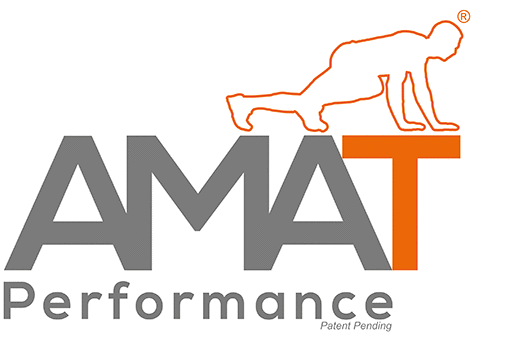Return to Function
Movement screening gives us the ability to evaluate movements that we deem important to sport or everyday life. Common aspects and similarities of movements occur in many activities. For that reason, movement screening tends to assess general movement patterns as opposed to singular joint-by-joint screening. We can then understand whether an individual has the necessary level of movement competency to complete the tasks we set them and to a greater extent, assesses their readiness to be able to move functionally – or better said to be able to move and cope with the demands of their task and environment.
Correct Dysfunctional Movement
As movements have a similar basis or underpinning mechanisms to derive the force, direction, or speed of movement required (dynamic correspondence), fundamental movements or patterns are usually assessed rather than more acute skills. Looking at an entire movement as a whole rather than one area allows us to identify not just a “weak link”, but also how an individual may be compensating, trying to achieve function – through dysfunction. This allows us to then individually tailor an individual’s re-habilitation or training in an attempt to overcome these deficiencies and improve their movement skills.
Highlight Injury Risk
It should be noted that movement screening has not been shown as a predictor of injury, but rather can be used effectively to highlight potential injury risk factors. This is vital for not just active sports people, but can also help us assess specific populations where good movement is a requirement for everyday life. Highlighting injury risks can help us be pro-active in highlighting, understanding and addressing specific concerns we may have about an individual and how their quality of movement may affect their everyday life.
